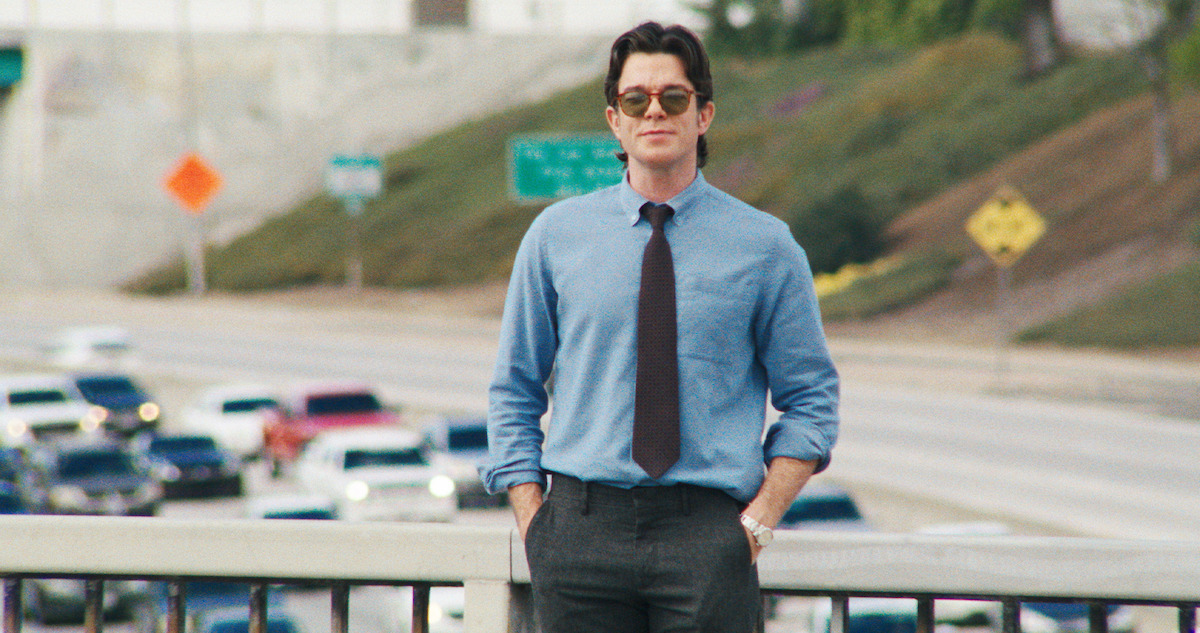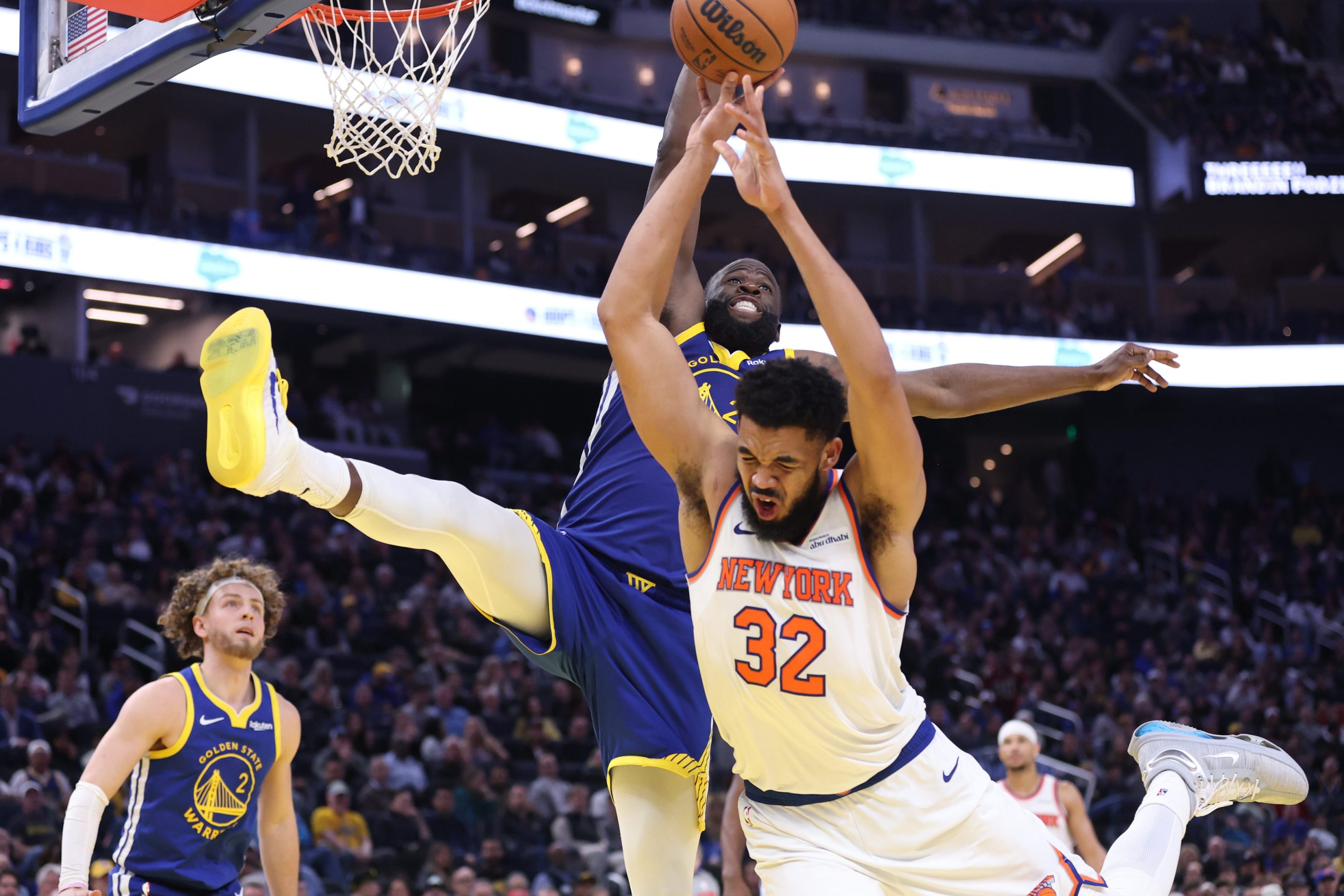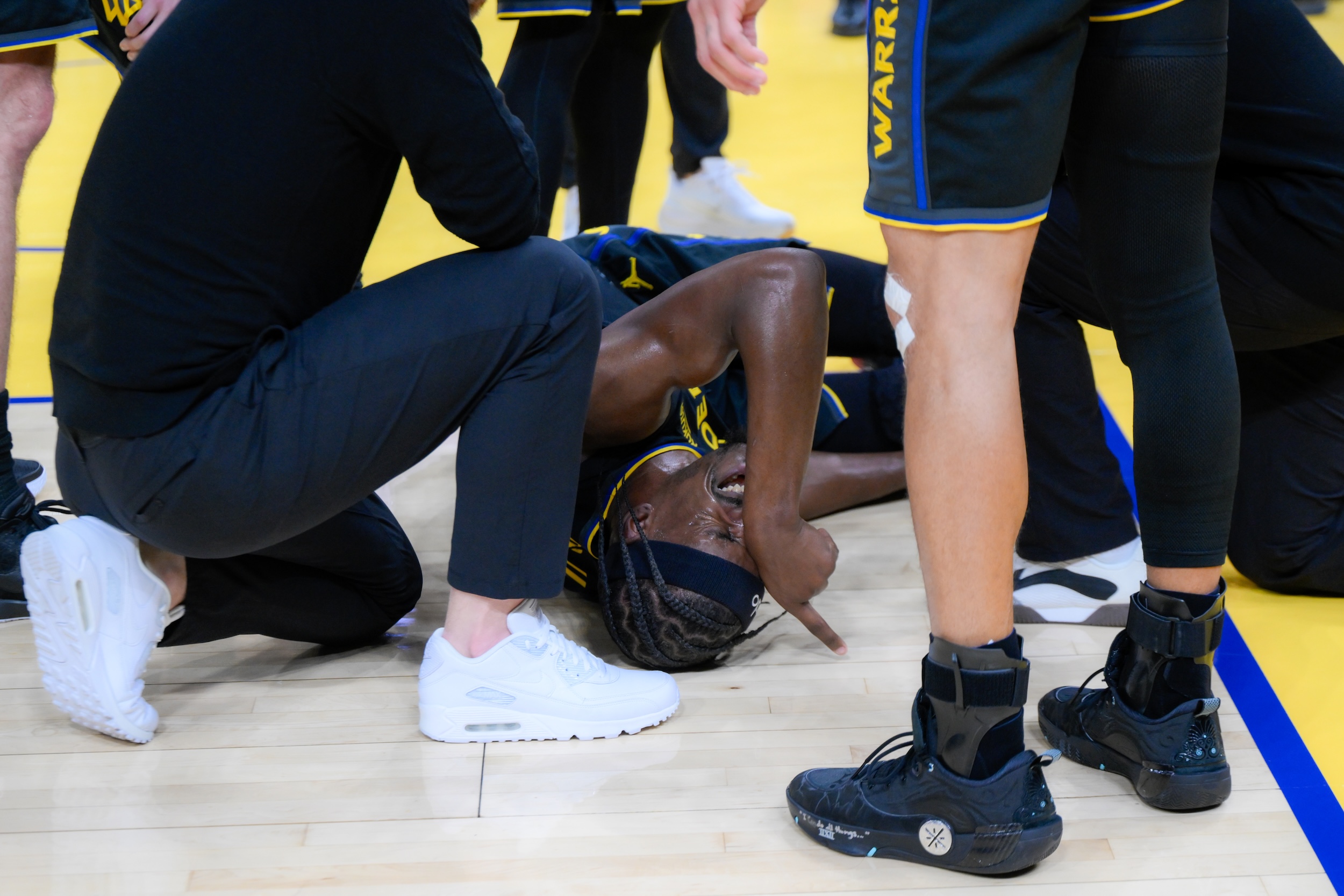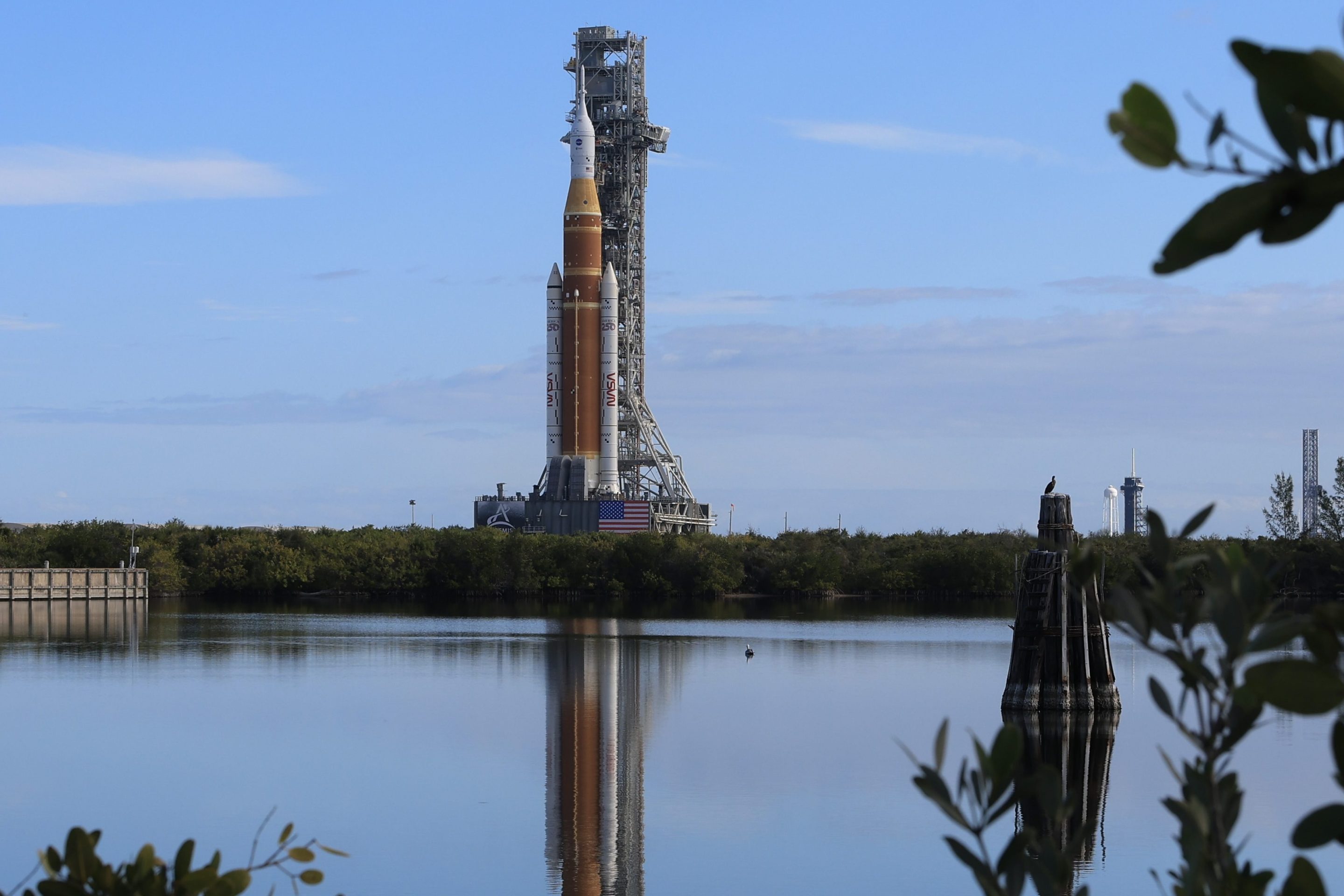From the Everybody's In L.A. opening, which took the theme from the cult classic 1985 William Friedkin movie To Live And Die In L.A. and placed it over modern B-roll of Los Angeles, you knew two things: 1) that you were in for something specific to the show's namesake and 2) no one has ever been more in tune with their core audience than John Mulaney. The one-week ... show? Experiment? Special event? ... essentially all three, during Netflix's weeklong comedy festival in Los Angeles, took advantage of an occasion where all kinds of comedians and stars would be in the city. Mulaney's show was a live showcase that was part love/curiosity letter to the city and part chance to goof around with a lot of people he finds interesting while discussing subjects he finds just as interesting. There's an episode themed on coyotes, on palm trees, on earthquakes, and on helicopters.
There's no real way to prepare you for what makes the show magical, other than imagining a party with people you'd actually want to sit next to in the weirdest-looking coke user's house in the Hollywood Hills. Anyone who is familiar with Mulaney as a comic and a writer knows he has a penchant for satirizing old-fashioned showbiz, and Everybody's In L.A. has a lot of that combined with a modern sensibility. Mulaney wears great suits, and the show is structured like the late-night shows of David Letterman or Johnny Carson, with actor Richard Kind as his Ed McMahon. Mulaney does a monologue and there are sketches throughout, some of which are informal guides to the city and some of which are just straight comedy pieces that include Defector favorites Rajat Suresh and Jeremy Levick. The show has live call-ins like it's C-SPAN with comedians, and it boasts a wide-array of funny people and professionals on a set all together like it's Tough Crowd with Colin Quinn.
Mulaney's pulling from all kinds of different talk and variety shows, and despite the unsettled nature of it, he's operating at a high level. With only one week of shows, Everybody's In L.A. gets to remain a perfect experiment rather than a show that just becomes background noise, as late-night shows tend to do. Even with the limited run, the show compacted plenty of Los Angeles lore into its segments: the O.J. chase, the punk scene, the music of Los Lobos and Weezer and Warren G. Kevin Gage made an appearance as Waingro, the character he played in the 1995 Michael Mann movie Heat. Will Ferrell showed up as Lou Adler, just because. Andy Samberg showed up as James Goldstein, the creepy old guy that's always courtside at Lakers games. Ray J was there! Of course he was. The whole thing was strange and surreal without losing laughs, and there were times I was jealous that I couldn't be on that couch sharing a blanket with David Letterman and Luenell.
My favorite of the six episodes is probably "Helicopters," which presented helicopters as a character within the city and included pioneering helicopter journalist Zoey Tur, who covered the L.A. riots and the O.J. Bronco chase. The episode featured comedians Nate Bargatze, Earthquake, and Patton Oswalt, as well as Marcia Clark, famous for prosecuting the O.J. trial. There was a segment on L.A. punks, a prank phone call from someone who said they were Bob Dylan, a family-owned bike shop in the city, a Richard Kind party game, and a kickass performance of "Constant Headache" and "Catalina Fight Song" from Joyce Manor. Also, it was "Sunglasses Night," with Mulaney opting for coke-fiend shades and a jacket-less dress shirt and tie (despite famously being in recovery). As scattershot as these elements may read on paper, together they form a pop-culture experience targeted directly at Mulaney's longtime fans.
Everybody's In L.A. will definitely stand up as one of my television highlights of the year. While I don't know enough about Los Angeles to testify for it as a proper ode to the city, it affected me much like all the best art about Los Angeles does—the writing of Eve Babitz, Mike Davis, Thomas Pynchon and Paul Beatty; movies like Mulholland Drive, Once Upon A Time In Hollywood, and They Live; the music of Dr. Dre and Snoop Dogg or Lana Del Rey. There's a magic and mystery juxtaposed against its artificiality and loneliness. As Flea put it in the last episode of the show, the city is like Denny's: a magical place where you can find everybody. It is simultaneously the best and worst city there is. People can't wait to get out, but then they find themselves lured back to it all the same.






